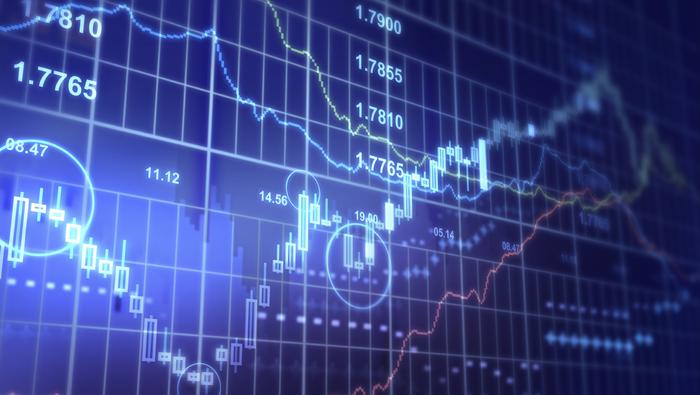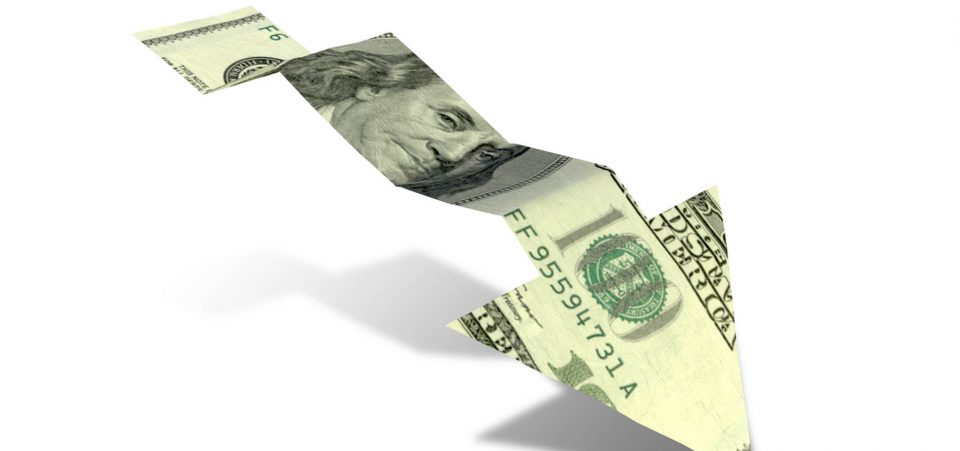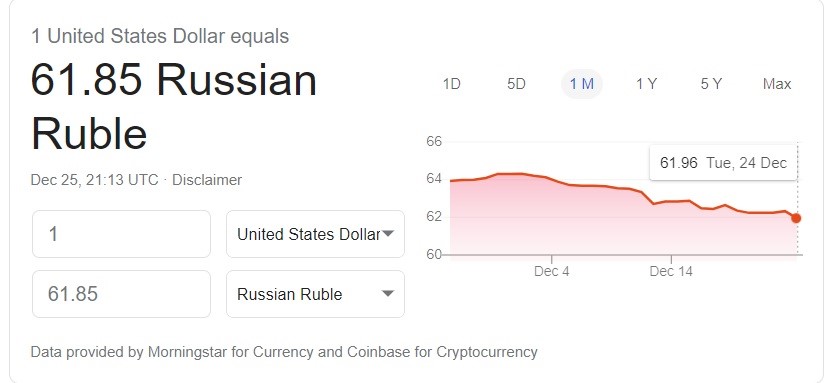4 DAYS LEFT UNTIL THE END OF DECEMBER. Since December 1, SouthFront has collected 3,168 USD. This is about 67% of the minimum monthly budget. SouthFront is a crowdfunded endeavor that operates on the audience’s donations.
DEAR FRIENDS. IF YOU LIKE THIS TYPE OF CONTENT, SUPPORT SOUTHFRONT WORK:
PayPal: southfront@internet.ru
Donation alerts: https://donationalerts.com/r/southfront
Gumroad: https://gumroad.com/southfront
Or via: http://southfront.org/donate/ or via: https://www.patreon.com/southfront,
BTC: 3Gbs4rjcVUtQd8p3CiFUCxPLZwRqurezRZ,
BCH ABC: qpf2cphc5dkuclkqur7lhj2yuqq9pk3hmukle77vhq,
ETH: 0x9f4cda013e354b8fc285bf4b9a60460cee7f7ea9
***
By the end of 2019, the ruble appreciated significantly against the dollar and the euro. None of the Western and Russian, by default, liberal economists predicted such indicators.
The ruble gaining value is not surprising, except, possibly, for the liberal economists and their predictions of indicators that appear to be missing the mark on most (if not all accounts).
There are two key reasons for what took place regarding the Russian currency:
- The first one is the increase in oil prices – between December 4th and December 24th, oil price went up by 6.45%.
- Second is the fact that US President Donald Trump began implementing his plan of a currency war, against the backdrop of the weakening abilities of the US economy to maintain the dollar through monetary shares.
The main reason, of course, is the increase in oil prices. So, something unforeseen by neither Western nor Russian liberal economists happend in late 2019 – the ruble showed a significant appreciation against the USD and the EUR.
Global financial media provided, and mostly speculated, about various reasons, which were primarily justified to a certain degree. However, Russian financiers, most of whom are quite pro-Western, are perplexed at what was happening. As a result, Russian-language expert media publish articles such as a piece, published by Kommersant. It was published on December 23rd, and it looks at how there was a desire for stability between the ruble and the USD.
Natalia Orlova, the chief economist of Alpha Bank said the following, as per the article:
“The ruble may touch the value of 70 rubles per $1.
The main surprise of 2019 is related to the fact that the ruble rate was weaker than our expectations (we predicted 67 rubles/$ at the end of this year, and the ruble reached this level in August), while the market conditions turned out to be much better than our expectations.”
The reasons for this, according to Orlova are the following:
“Firstly, the fears of additional sanctions have so far disappeared from the market agenda.
Secondly, the Central Bank began this year with a high nominal interest rate, making Russia attractive to foreign investors.
Thirdly, in recent months there have been signs of a resumption of dialogue with Ukraine, and relations between the countries have a chance of normalizing after the Normandy Four summit in Paris on December 9th. And although all these factors can positively influence the situation in the coming months, new risks are already appearing on the horizon.”
The consensus from all of the financial experts is this: by year’s end, the ruble will be in the range of 64.5 – 65 rubles per $1USD and about 70.9 – 72.2 rubles per EUR1.
Just three days on December 26th, mid-day, after these experts’ predictions, the price of the ruble against the USD and EUR as per Bloomberg, is as follows:
As it can be seen, the USD has actually appreciated a little bit, while the EUR continues depreciating against the ruble, meaning that, so far, these expert predictions are far off the mark.
Another, conditionally pro-Kremlin view of the situation was provided by AIF.RU, also published on December 23rd. Experts asked by AIF why the ruble is appreciating so much against the USD and EUR gave similar reasons to the ones mentioned above.
However, they provided a more “negative” (from the point of view of the pro-Western specialists) expectation – “the end of 2019 will obviously be in the national currency. There are good chances to see the euro below 70 rubles, and the dollar – at 62.5 rubles and below,” the cited experts said.
They, as it can be judged by the image above, were also wrong. They still predict that the ruble will depreciate quite a bit in 2020, but time will tell.
Alongside the appreciated of the ruble against the dollar, and against the backdrop of fluctuations in commodity prices and statements regarding the implementation of Trump’s “currency war” plan, the USD is losing ground against many currencies in the so-called developing countries.
The USD is depreciating even against the Ukrainian hryvnia. Throughout the year the USD has depreciated quite a bit against the hryvnia, with a slight appreciating in the last 24 hours on December 26th. The Hryvnia appreciated against the USD much quicker than the ruble did, but the ruble gained the most.
This appreciation of the Ukrainian currency is already having its effect on the domestic economy, as some payments from the budget were withheld due to a massive deficit.
Another interesting factor is the visualization of the situation by Google. According to the graphs, it seems visually that the dollar fell much faster to the hryvnia than to the ruble. However, this effect is the result of the scale of the visual representation. In fact, in the period from December 4 to December 24, the ruble rose against the dollar by 3.02%, while the hryvnia – by 2.68% only.
The drop against the ruble of the USD is the most significant. As for the currencies of China and the EU, the USD will more than likely retain parity. The fluctuations are insignificant, and fall within 0.5% between December 4th and 24th, 2019.
At the same time, MSM is providing no coverage of the foreign exchange markets of different countries. Either they keep quiet, or the experts they cite predict another collapse for all currencies, apart from the USD, because the dynamics of the US currency are entirely predictable and can be controlled, at least from their point of view.
This short-term trend, the ruble remains underestimated and it has every chance of it further strengthening in the first quarter of 2020, which would be detrimental to the Russian economy. Meanwhile, the Trump administration appears to be taking advantage of the situation, by undertaking further activities in the framework of supporting its domestic producers, both in their performance on the domestic, but also on the international markets.
MORE ON THE TOPIC:













With all that oil and gas exports… and the Russian GDP growth in 2019 is only 1.1% while Ukraine’s 3%
how many people live in Russia, and how many live in Ukraine? What is the GdP of Russia, and what is the Gdp of Ukraine? What is the nominal increase in both GDP?
At least Russians are not stealing oil in Syria, unlike the US.
An overall look at worlds currency values, purchasing power of whatever denomination choen, is falling.
Yes the US Vmail dollar, Brit pound and even Japan’s currency remain strong but only as remaining at top of pile that is sinking overall.
Glad to see mention of Russian financials and economist are westward leaning, a factor that many pro Russia mindsets deny as in their biases want someone, anyone , to be an equalizer even a world dominating power against US.
Can US and BRITS control currency valuations as shown on FOREX, darn right they can and do.
What is the One World Orders plan for currency but a one value no matter national origin, not to so much increase living standards of all but to lower it on a world wide basis.
Almost all nations have dual currency, one for domestic value and one for international parity of exchange rates.
In Russia we see an increase in currency values due to gas and oil prices, prices once so low as to make importation of Liqified and pipeline natural gas cheaper to buy due to strength of Euro, but by a slow reduction of purchasing power of dollar means US exports and of their allies in Afrrica, indonesia, Central Asia, and South America will be less expensive, more likely equal pricing values, as that of Russia.
World’s economies are changing from old ways of needing cheap labor and materials to support higher standards of living just of Eurocentric derived powers into one where interconnected finances means a balanced pricing system where means of gaming wealth within a nation is interconnected and in balance with the means of wealth gains at point of origins.
IN China there is today vast holdings of international currencies, these currenciesbpurchased goods and services at past low valuations but as they increase in value or decrease can be used in turn at todays purchacing values internationally.
Currency has become a commodity, and that is one major reason for the spurt upward of gold by Nations Sovereign Banks.
Gold not always paid for with a Sovereign currency but in currency held in foreign trade inbalances.
China, but Russi most prominently at present time, are striving for a parity value of their Sovereign currencies with that of Europe , Brits and US.
The way of past Russian currency exchanges was damn near on a barter system as the Ruble was not a medium of exchange floating around world, you sold the oil or minerals they exchanged agricultural , military gear, or heavy equipment, keeping that nations currency in own banks.
What is mission of an entity within US called US securities, and its counterpart British Securities in GB?
Why is London worlds gold managers and pricing center?
Be careful of what you wish for a nations strong currency valuation, a strong valuation does not in todays world where wealth seperation of haves and have notes is growing mean domestic population will gain from it.